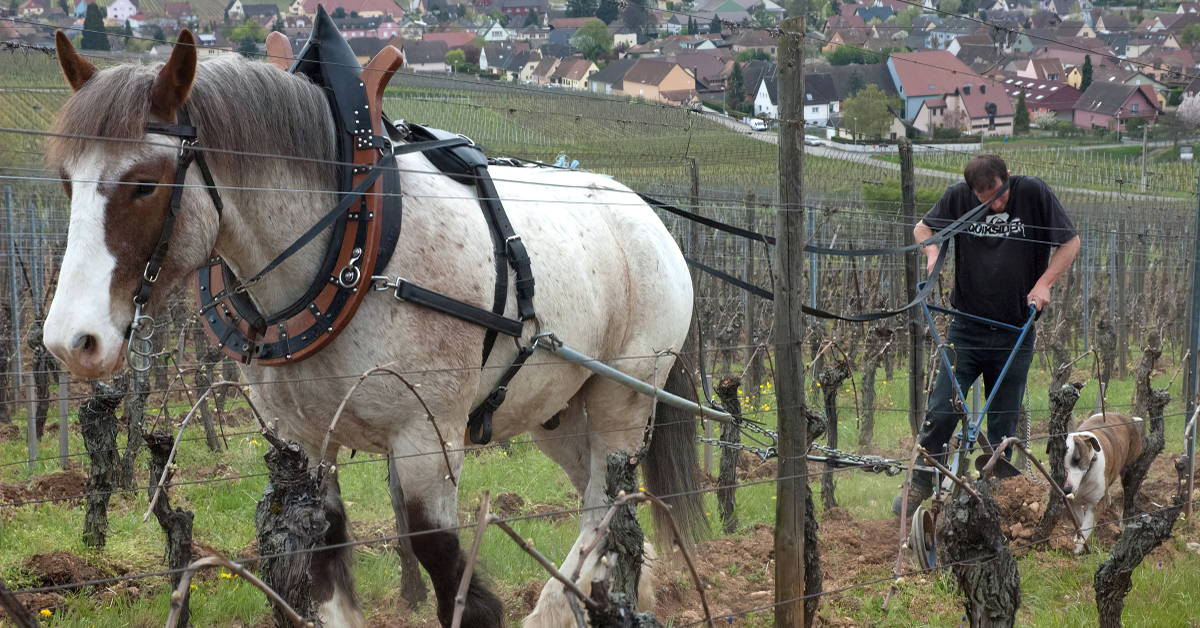Patrick Brunet of Domaine de Robert, farms roughly 2,500 vines per acre by hand
In wine production, oak barrels
(see here for more on this subject) are the second largest expense after grape purchases, unless, of course you already own the grapes, having grown them yourself. In industrial “winemaking,” where a company needs to fill its “brand position” in the marketplace with many multiples of thousands of cases, this is rarely, practically never the case.
Whether you’re
“Cupcake Vineyards,” and buying grapes or ready-made “wine” on which you’ll slap your label (or a multi-national, publicly-traded marketing corporation most known for luggage that does the same), the “raw material,” grapes, are one of your largest expenses. This brings us to farming.
Before we get started down that road, let’s first establish how things work with our producers; 99.5% of them farm their own vineyards, and do so
sustainably. Most are fully “organic,” some are "certified" in their respe









